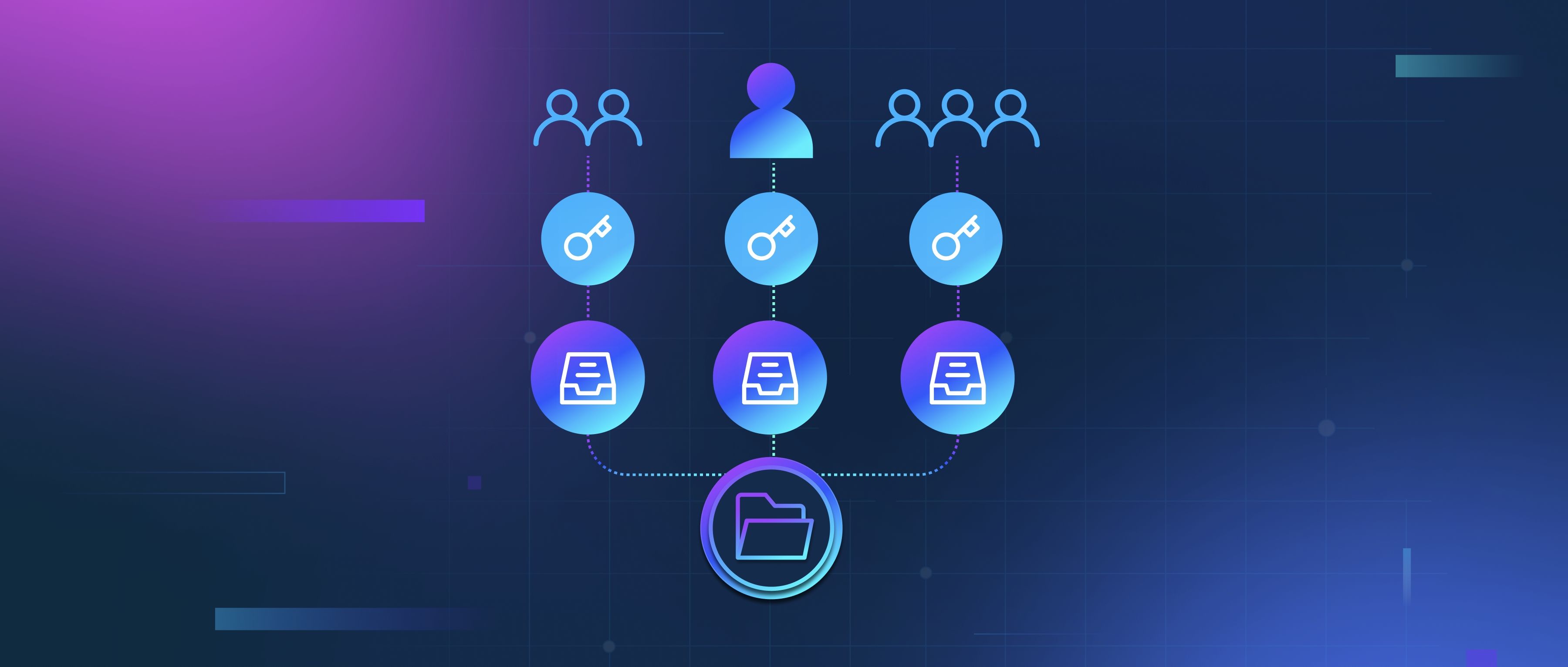To update embeddings as new data arrives, one effective approach is incremental retraining combined with versioning. Periodically retraining the embedding model (e.g., BERT or Sentence-Transformers) on updated datasets ensures embeddings reflect the latest data distribution. For example, fine-tuning a pre-trained model on new domain-specific documents can improve relevance without starting from scratch. However, full retraining is resource-heavy, so techniques like parameter-efficient fine-tuning (e.g., LoRA) or dynamic meta-embeddings (combining outputs from old and new models) offer lighter alternatives. Storing multiple embedding versions allows A/B testing and gradual transitions, avoiding sudden breaks in retrieval behavior. Tools like FAISS or Pinecone can manage versioned vector stores, enabling seamless switching between embeddings.
Another strategy involves hybrid retrieval systems that blend static and dynamic embeddings. For instance, appending new data to the existing corpus and generating embeddings for incremental batches (e.g., weekly updates) ensures fresh content is searchable. Post-processing alignment techniques, like linear transformations, can adjust new embeddings to align with the old space, maintaining consistency. For example, using Procrustes analysis to rotate new embeddings into the original space minimizes drift. This reduces retraining frequency while keeping retrieval stable. However, this method may not capture significant semantic shifts, so monitoring embedding quality via metrics like intra-cluster similarity is critical.
Updating embeddings directly impacts RAG evaluations. Metrics like retrieval recall, precision, and answer accuracy must be tracked across embedding versions. For instance, if retraining improves medical term embeddings, a RAG system evaluated on a healthcare QA benchmark should show higher scores post-update. However, changes might degrade performance on older queries if the embedding space shifts. Continuous evaluation pipelines with versioned test sets (e.g., retaining historical queries) help isolate improvements from regressions. Automated A/B testing—comparing responses from old and new embeddings—provides real-world performance insights. Additionally, user feedback loops (e.g., click-through rates on retrieved documents) can validate embedding updates, ensuring RAG systems adapt without sacrificing reliability. Regularly updating evaluation benchmarks to include new data scenarios ensures metrics stay relevant as embeddings evolve.
